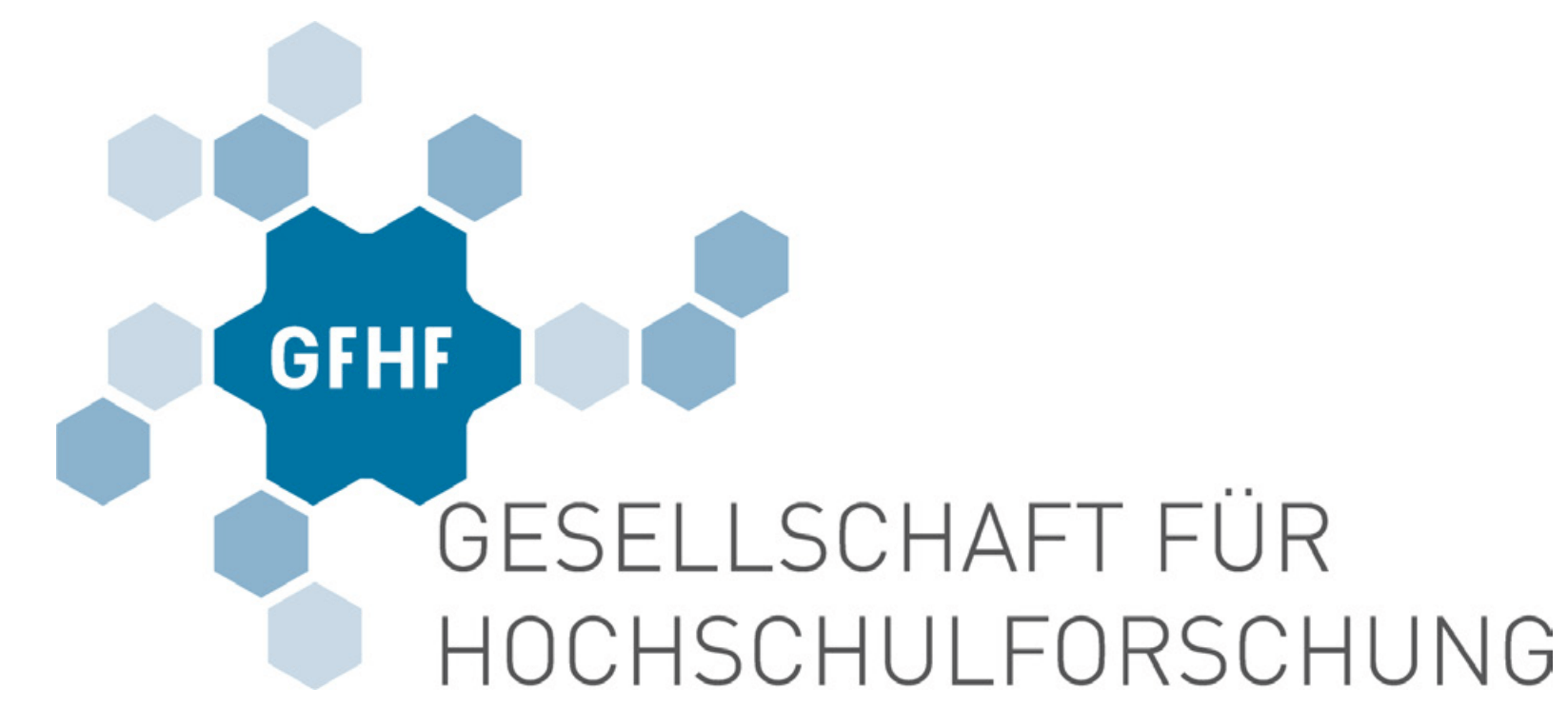The opening of universities to non-traditional students brings with it some challenges in university didactics. For example, a large number of part-time study programs are offered very flexibly in order to provide students with a study program at an individual pace. In addition, the possibility of establishing a professional network for students is one of the central objectives for extra-occupational courses, which creates a contradiction between the idea of flexible study courses and the development of a professional network. This article aims to examine this contradiction with the help of social network analysis (SNA).
Social Network analysis is one of the most innovative and promising methods in higher education research. In network analysis, the members of a group are represented as nodes and the relationships between them are visualized as connections. These links are used for the exchange of information, help, etc. In the context of social network analysis, network structures are captured using questionnaires or observation and visualised with the help of a data matrix. An elaborated arsenal of statistical tools offers the possibility to analyse such a network under different questions (e.g. peripheral vs. central actors, similarity of relations) (Wasserman & Faust 1997).
SNA on learning groups in higher education as conducted on different topics (Brouwer et al., 2018), but not so much for part-time studies. For this presentation, a small German extra-occupational study program in higher education will be examined and visualised.
The program can be studied within 2 years and is based on a blended learning concept. The program starts with an intensive 5-day week at the university, followed by online phases. The total attendance days are 24 days (2-5 days / 7 moduls)
The attendance days – especially the first week – can be seen as the central way to build a peer network among students. Therefore, at the conference we will present the results of our social network analysis in relation to the following questions:
Can we find students who are following this plan? Or do most participants delay/accelerate their course by taking fewer or more modules?
How mixed in terms of cohort are the participants within a module? Are there cohorts that study more synchronously than others?
Can we identify pairs or smaller groups within a cohort that synchronize their participation? Could this grouping be an indication of the emergence of learning groups?
When these learning groups become visible through SNA, do the members of this group share similar characteristics (discipline, age, academic status, region, type of university)? These questions are a first step towards answering the question of how learning networks develop in extra-occupational academic education programs.
Video
Themenbereiche
- Extra-occupational education programs
- Social Network Analysis
- learning groups
- peer network
Autoren
Downloads
Slot
- T2 Posterrunde III B (10∶00 10∶45)
Teilen Sie diesen Beitrag
![]()

